Today, Sony presented the Alpha 9 Mark III, and it feels like the entire photography industry is celebrating the arrival of the global shutter. Well, to be precise, it’s just an announcement, and it will be a while before the camera is available. But why is the global shutter so celebrated, and what advantages does it have over previous technology?
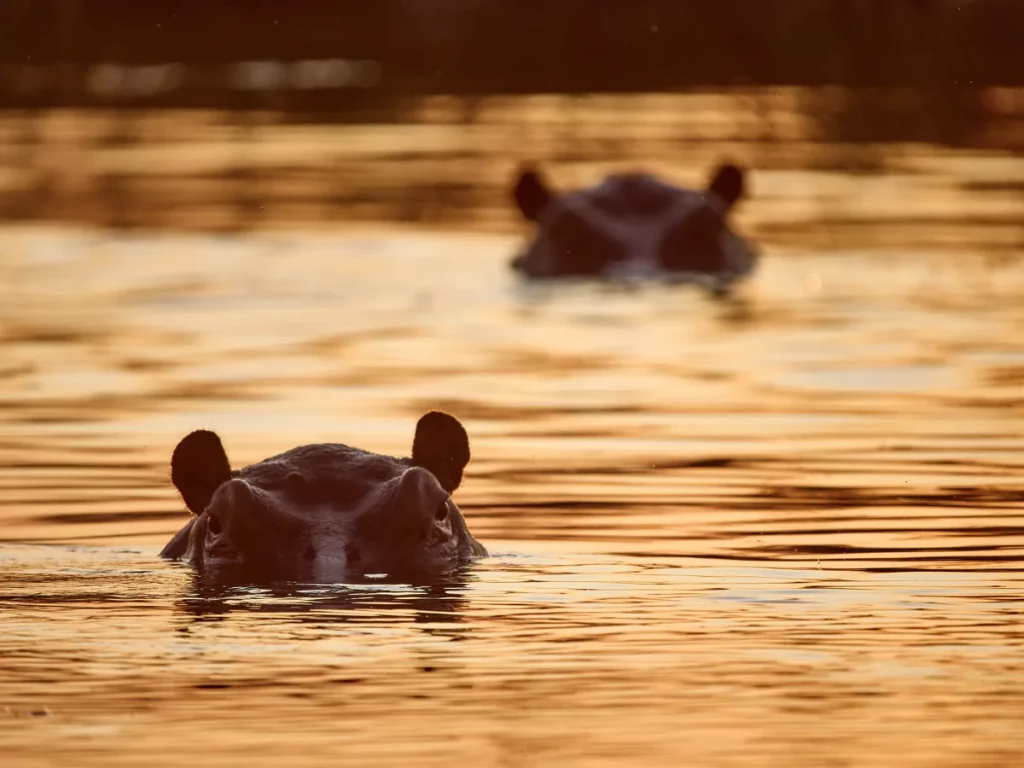
What is a global shutter?
Before we can talk about the global shutter, we need to understand how current sensors work. Conventional sensors do not expose and read the light-sensitive pixels all at the same time, but one after the other, similar to a focal plane shutter in analog cameras. If a subject moves quickly, the different lines of the sensor record the object at a slightly different moment. This can lead to distortions. These are most noticeable when shooting an airplane propeller or fan. The propeller is distorted even with exposure times that should freeze the movement.
A sensor with a global shutter, on the other hand, can read all pixels simultaneously. In analog times, this was the central shutter. A sensor with a global shutter alone does not have the disadvantage of the shortest exposure time is a disadvantage. On the contrary, the Sony Alpha 9 Mark III can realize an exposure time of 1/80000 sec. As all pixels are read out simultaneously, each pixel records the exact same point in time, and there is no distortion.
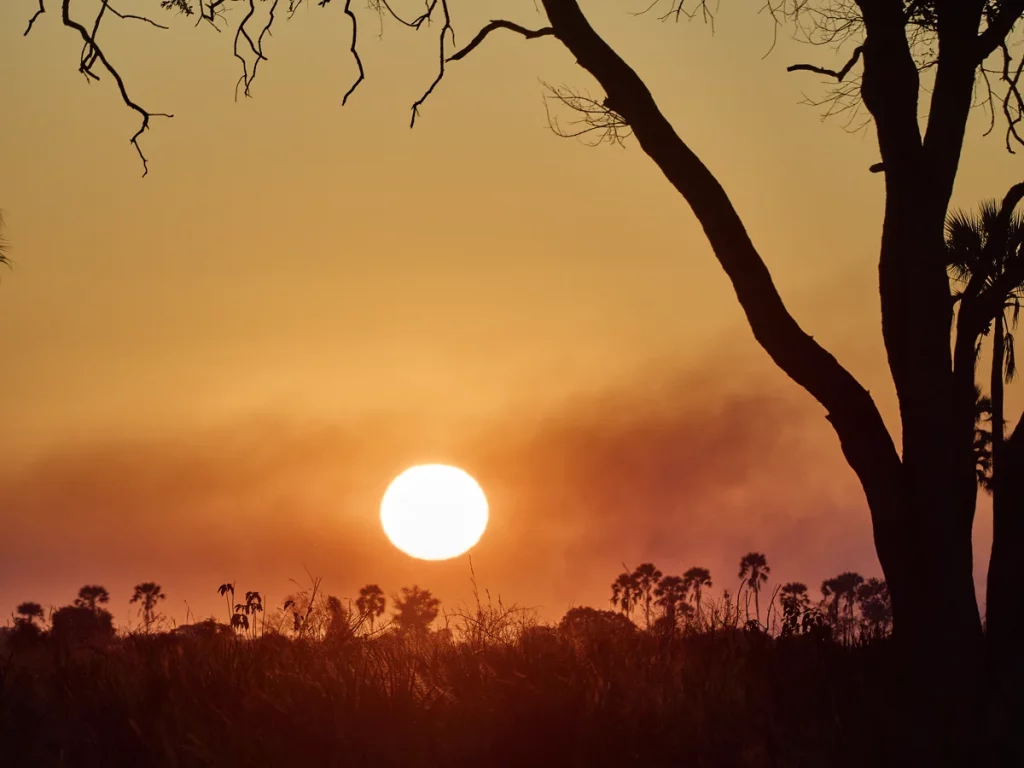
Are there any disadvantages
Sensors with global shutters have been around for a long time. They have just not been used in photography until now. And with good reason, as a sensor with a global shutter used to have a considerable disadvantage. The dynamic range of these sensors was significantly lower than that of sensors that read the pixels sequentially. As dynamic range, along with noise, is an important parameter for image quality, sensors of this type have not been used until now.
Have these disadvantages been solved with the Sony Alpha 9 Mark III?
It seems that Sony has found a way to reduce the disadvantages of a sensor with a global shutter to such an extent that it makes sense to use it in photography. Otherwise, Sony would certainly not announce such a camera. Nevertheless, there are a few small indications that this was only possible through a few compromises. For example, the new sensor has a sensitivity that is one f-stop lower than that of the Sony Alpha 9 mark II. The sensor, therefore, appears to have a higher noise level than the previous camera. So, it remains to be seen what the test results of the camera will be when it becomes available.
When to expect a global shutter from other manufacturers
With the exception of Canon and Fuji, almost every manufacturer uses Sony sensors. However, it will certainly be another year or two before these manufacturers are able to present a camera with a global shutter. Sony wants to use this advantage to position the brand as a driver of innovation. The situation is a little different for Canon. Canon has its own sensors and has certainly been working on a sensor with a global shutter for a long time. The Canon R1 has been rumored for a long time, and the Olympic Games in Paris are not far away. This is probably one reason why Sony presented the A9 Mark III so far in advance of its availability. Maybe they wanted to get ahead of Canon.
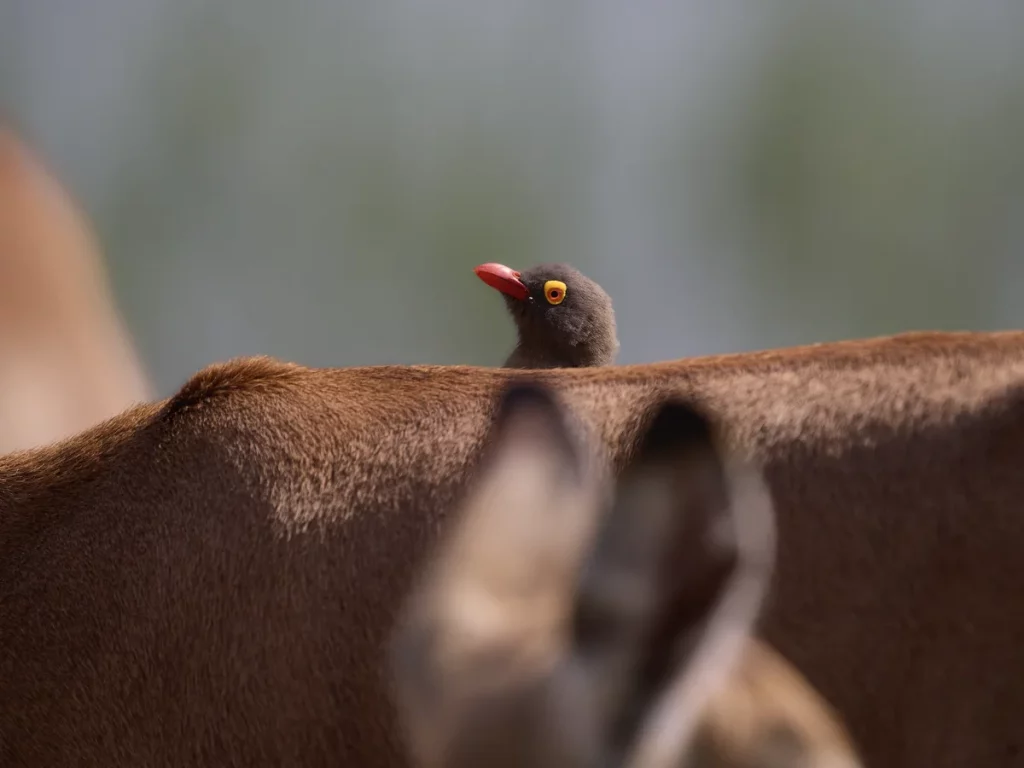
For Micro Four Thirds, however, I think it will take at least another 5 – 6 years before a sensor of this type is available. Neither OM Digital solutions nor Pansonic can afford one f-stop worse noise behavior. There is already too much discussion about this on the market.
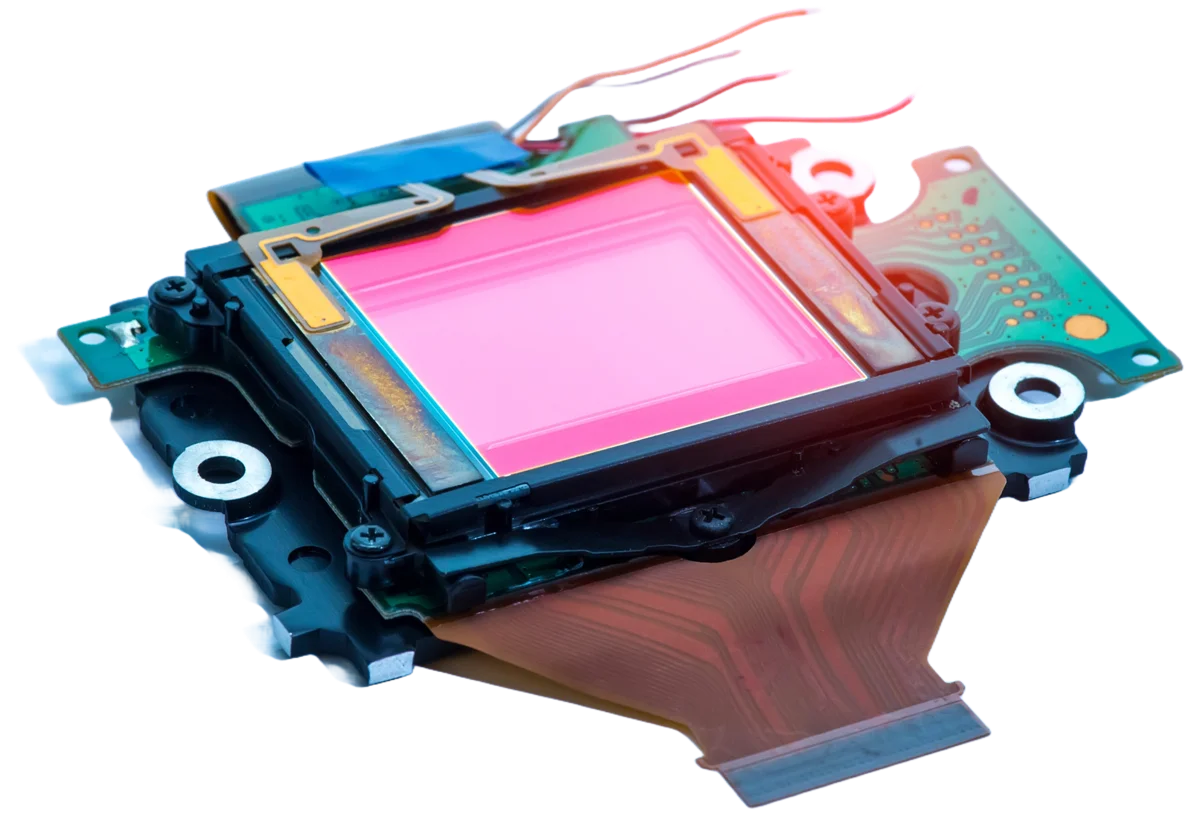
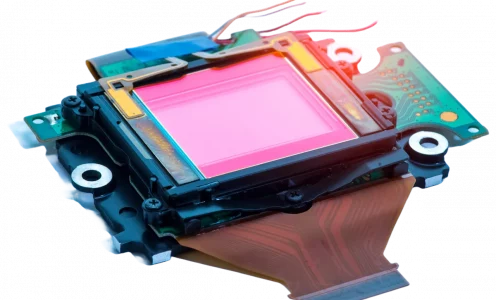
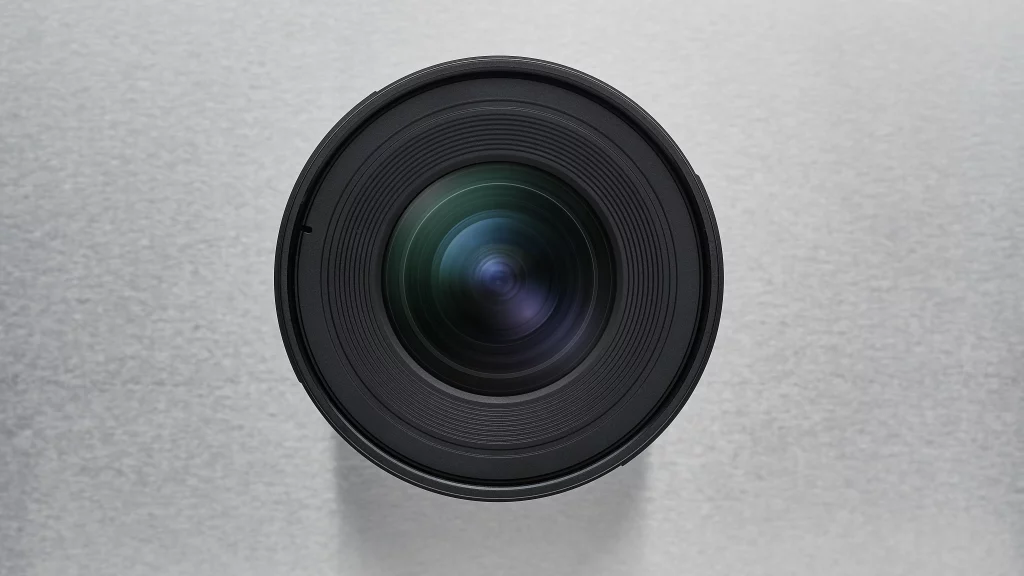
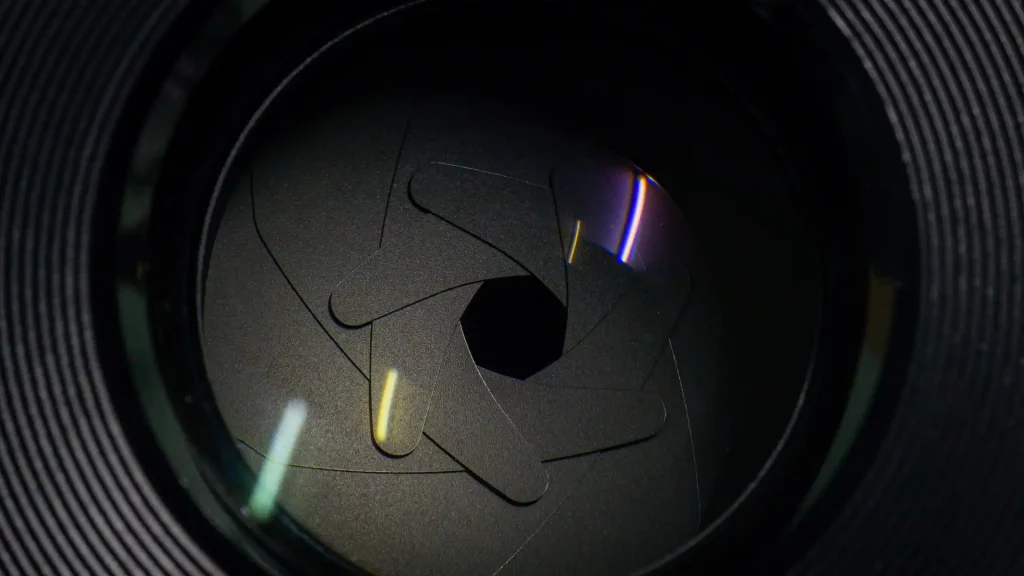
Pingback: Computational Photography - Even Longer - Michael Guthmann
Pingback: 5 wishes for a new OM System camera in 2024 - Michael Guthmann